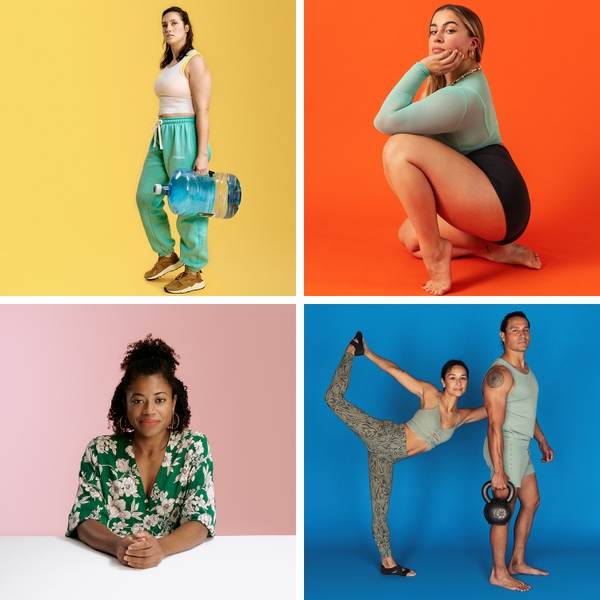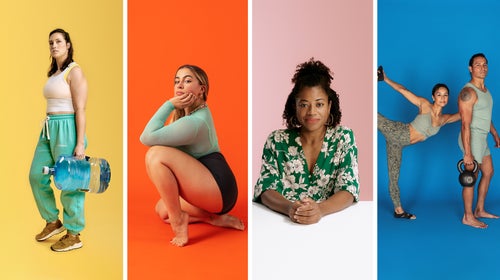Meet the Fitness Influencers Shaping Wellness in 2022
Published:
The world of fitness is always changing—for better and for worse. Here, we’ve focused on the bright side, spotlighting five faces in the health and wellness scene that are pushing for inclusivity, justice, and kindness, toppling old conventions to make their own.
New perk: Easily find new routes and hidden gems, upcoming running events, and more near you. Your weekly Local Running Newsletter has everything you need to lace up! .
The world of fitness is always changing—for better and for worse. Here, we’ve focused on the bright side, spotlighting five faces in the health and wellness scene that are pushing for inclusivity, justice, and kindness, toppling old conventions to make their own.





